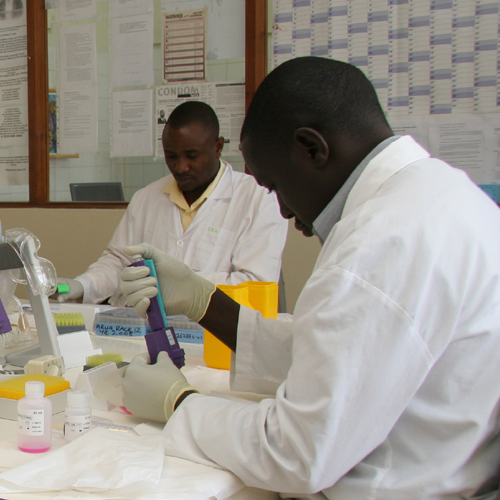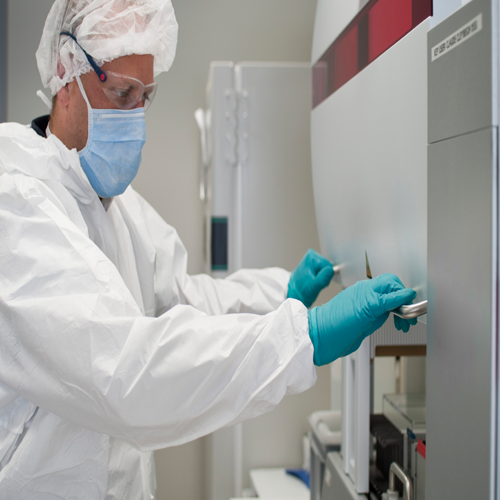
HIV antibodie development



How Does Mariandina Work – Part 2
Antibodies, including those directed against the core antigen P24, decline at the end of the asymptomatic period, because of the development of mutants, antibodies that are formed early do not neutralise later-appearing mutants, which gain advantage over the immune system. CD8 cells can also suppress HIV replication by secreting a soluble antiviral cytokine factor which may be classified as an interferon.
Some other cytokines are able to upregulate HIV replication in a variety of cell systems via uncoupling of transcription factor NF-kB from its cytoplasmic inhibitor. Similar enhancers of replication are TNF-alpha, IL-2 ETC. But a host’s suppressive responses consist of IFN alpha, IFN beta and soluble CD8 cell factor. These keep the virus under control for periods of time varying from person to person. It should, therefore, be possible to delay or even put off the onset of AIDS indefinitely if suitable strengthening of the suppressive or dampening the enhancing factors’ activity on HIV. The virus is capable of overcoming the immune system by using mutants unknown to the body defences and by a prodigious replication of up to one billion new virions a day. This occurs more readily in a state of low body antioxidant content as in smokers, drug abusers, and malnourished individuals.
As a sign of oxidative stress in HIV-infected individuals, we find increased production of malondialdehyde (Sonne Borge Tal, 1988) and a decrease of leukocyte levels and acid cysteine. The oxidative stress is thought to be largely due to the action of pro-inflammatory cytokines like TNF-a, Il-1 and IL-6. Reactive Oxygen Intermediates (ROI) lime H202 induce HIV gene expression and virus replication in human T cells. The ROI enhance HIV replication by direct activation of nuclear factor kB which in turn stimulates the HIV genome that result in HIV expressing T-cells. This suggests that the depletion of CD4 cells in advancing AIDS may be partly due to ROI induced apoptosis of infected cells. Although catalase and Vitamin E can inhibit apoptosis induced by H202 in HIV-infected cells (Sandstrom et al., 1993), it cannot be counteracted by glutathione or N-acetyl cysteine.
Together these results strongly suggest that antioxidants should be employed in HIV therapy and that is what we have done in our clinical trial using Mariandina during the last 6-7 years. Since antioxidants may have the double function of suppressing HIV replication and preventing apoptosis of the immune cells, then these free radical scavengers are of fundamental importance in preventing the HIV from replicating because they promote the multiplication of the immune cells e.g. cytotoxic cells and killer cells.
In summary, Mariandina treatment consists of an arsenal of powerful, specially selected natural antioxidants and micronutrients so formulated as to provide both nutritional and pharmacological advantage to the AIDS victim. Mariandina provides the body with the means of repairing damaged tissue and boosting the immune system, which in turn fights off both viral and bacterial invaders. Efficient phagocytosis of bacteria requires calcium and magnesium ions. Under these conditions, the killer T cells attack infected cells and macrophages break up viral particles, which they exhibit on their surface as epitopes, which are recognised by the immune cells for programming themselves. A patient’s immune system will put up a fight to ward off AIDS till his T helper lymphocyte CD4 count drops from about 1000 cell/mm3 (when AIDS sets in) to figures of less than 300cell/mm3.